
Adirondack Clean Water Infrastructure - What Does It Mean?
By: David Miller - Adirondack Council Clean Water Program Coordinator
Tuesday, June 15, 2021
Adirondack lakes, rivers, and streams are the lifeblood for residents and visitors and important to people across the state and around the country. People depend on clean water for drinking and recreation as a backbone of the tourism industry that is so vital to the local and state economy.
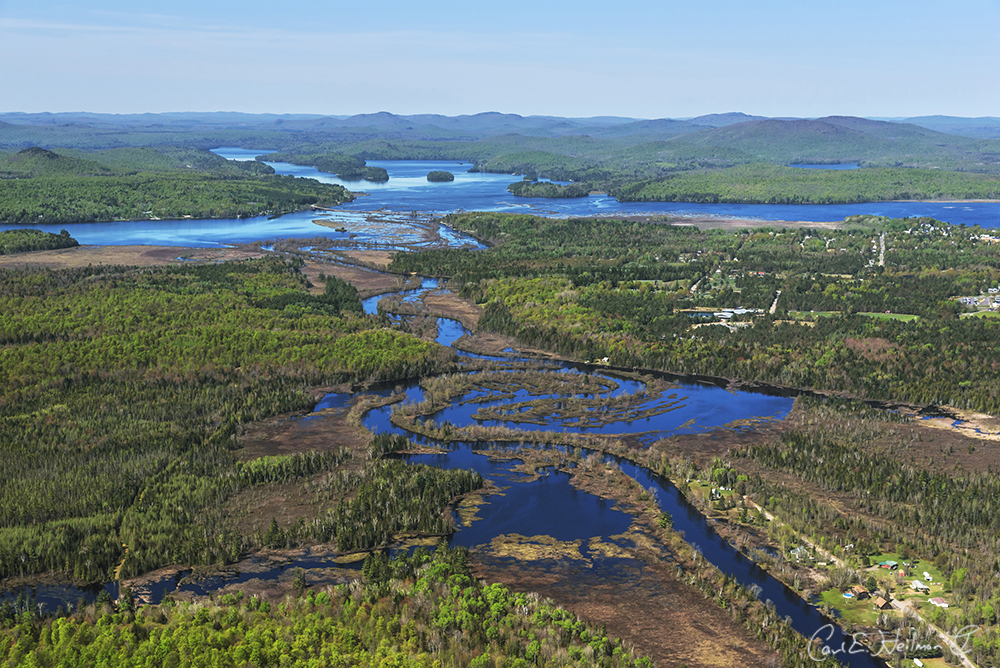
Threats to these resources range from pollution from sewage treatment plants, septic systems, run-off to excess road salt applications on our roads. This will be the first in a series of blogs that will highlight these issues, our work, and the solutions for which we are advocating.
Wastewater Treatment Plants and Sewer Systems in the Adirondack Park
Public water treatment facilities protect water resources by cleaning the water we use and dispose of. When water leaves our houses and businesses, it goes to water treatment facilities to be cleaned before it is returned back to natural waterbodies. When these sewage treatment plants or collection systems stop working properly, they are unable to clean or “treat” wastewater. The consequences of this can be far-reaching…from threatening drinking water resources to closing beaches and impairing pristine trout streams.
Adirondack communities face enormous technical, operational, and fiscal challenges in repairing and updating their wastewater treatment plants. It can be impossible to raise the local revenues necessary to invest in treatment systems needed with such a limited tax base…and they need help. This situation is not unique to the Adirondack Park, as municipalities around the state are facing the same issues.
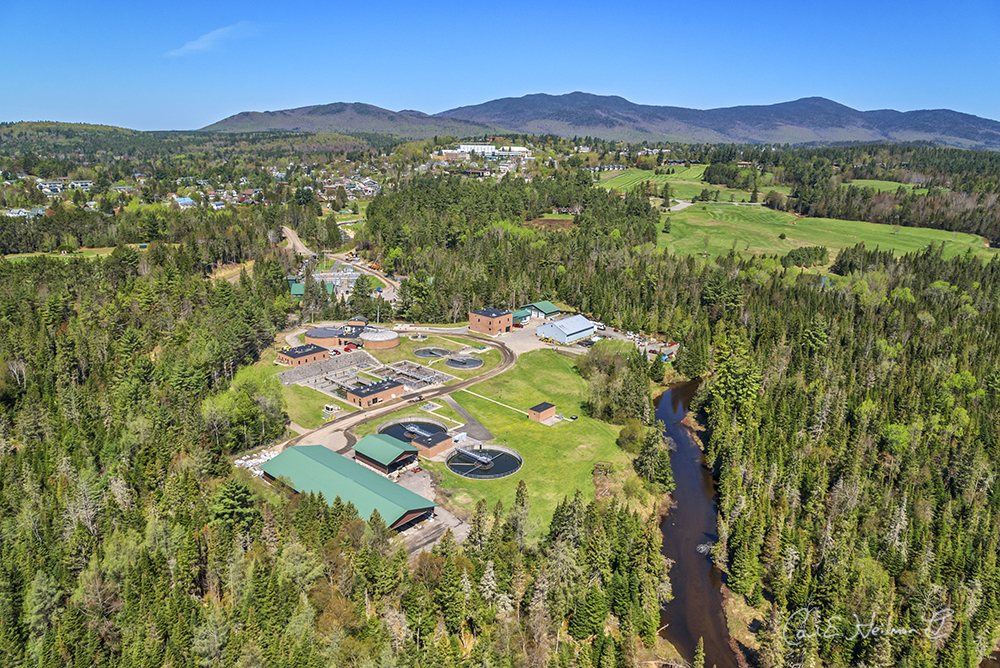 Lake Placid Wastewater Treatment Facility
Lake Placid Wastewater Treatment Facility
The New York State Clean Water Infrastructure Grants Program
Thankfully, the Governor and state legislature recognized that communities across New York State could not solve this problem on their own. Since 2015, the New York State Clean Water Infrastructure Grants program has authorized over $3.5 billion for clean water grants to help finance wastewater and drinking water projects and other related clean water initiatives. These grants are on a cost-share basis, with most grants covering 25% of local project costs.
This year, with our support and partnership with the state-wide Clean Water Coalition, the state budget included an additional $500 million state-wide for the program with a new grant application process for communities that will be open later this year.
Adirondack Council Reports Documented the Need
Documentation of these issues and needs has been critical to our advocacy for these state grants, and we have published several reports outlining this problem. In 2016, we released a report entitled, “Clean Water Infrastructure in the Adirondack Park: Crisis or Opportunity.” We also released a follow-up report in 2017, “Wastewater Treatment Plants in the Adirondacks: Status of Compliance and Operational Needs.”
These reports highlighted the upgrades, retrofits, and/or repairs to wastewater treatment plants and sewer systems that are needed to continue to protect Adirondack waters. They documented that well over $150 million of clean water infrastructure projects are needed at over 22 of the facilities in the Park, including projects for the wastewater treatment plants and the sewer lines connected to them.
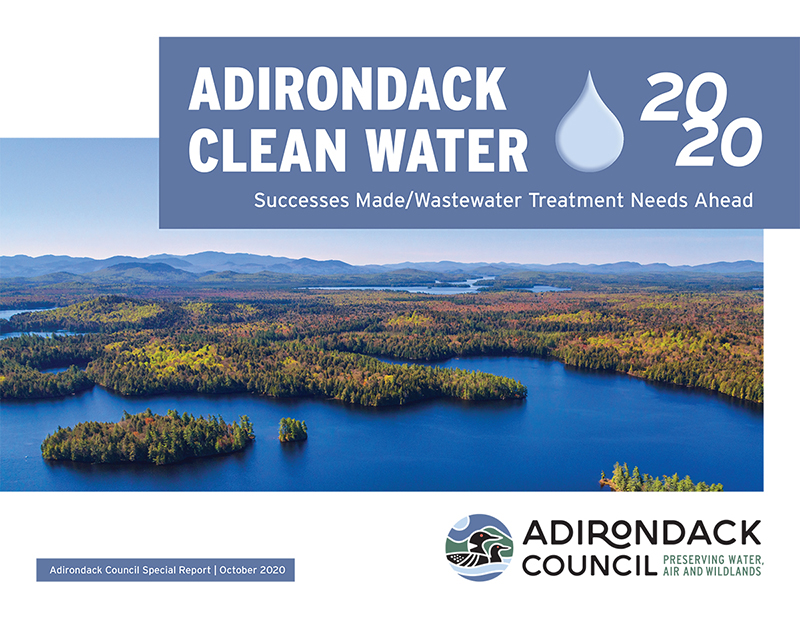
New Report Highlights Successes and Work that Needs to be Done
In 2020, we published ”Adirondack Clean Water 2020 - Successes Made/Wastewater Treatment Needs Ahead,” which highlighted successes in clean water grants for infrastructure projects to date and the ongoing need for additional work.
This report found that after five rounds of clean water grants being awarded, many of the projects we had listed in our prior reports have been implemented, and construction efforts are underway in communities such as Saranac Lake, Lake Placid, Lake George, and Bolton Landing. In addition, the report noted in total that 72 New York State Clean Water and Drinking Water Grants have been awarded to 36 Adirondack communities, providing more than $58 million in support. Since 2015, these grants have also been coupled with approximately $94 million in State Revolving Loan Fund “zero to low-interest” loans to cover the balance of these projects in the Adirondacks. Thanks to the advocacy of citizens and partnerships with local officials, this was a great achievement for the protection of the water resources in the Park.
However, the report also found that our work is far from being done. It outlined over $100 million in new clean water projects that are in need of funding and the financial challenges facing Adirondack communities. It’s clear that the need for clean water infrastructure continues to expand and grow as more projects are being identified.
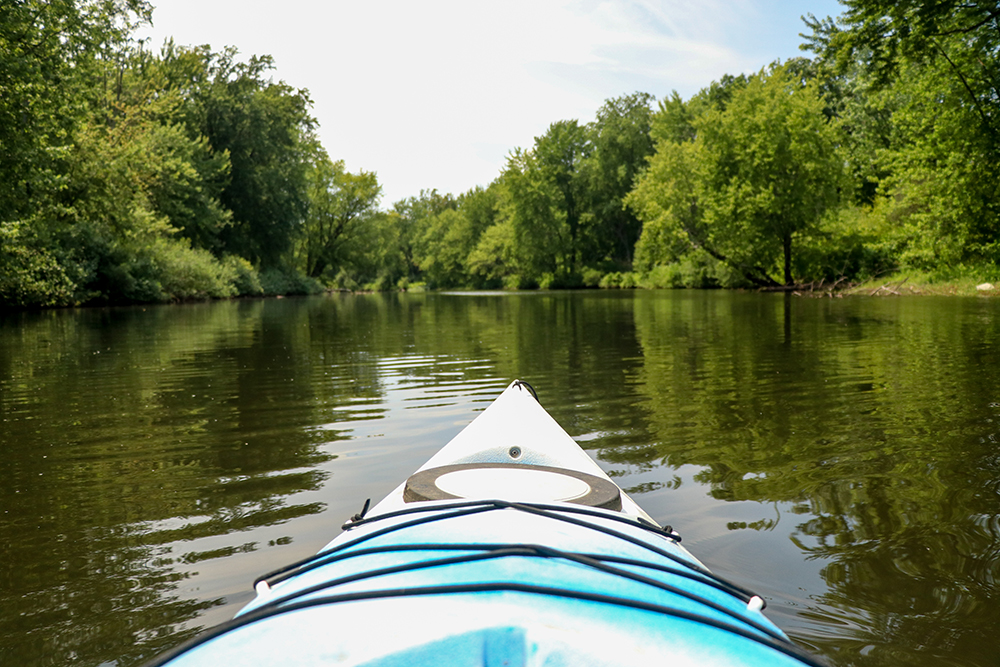
Grant Program and More Funding Must Continue
The Adirondack Park has over 100 communities and over 25 sewage treatment plants and sewer systems that have ongoing needs. The continuation of the New York State Clean Water Infrastructure Grants program in the future will be critical to help us reach our clean water goals. We have also urged state agencies to consider providing supplemental grants within those same programs to communities who face the greatest hardship and fiscal need.
Working together in partnership with other stakeholders, local government officials in the Park, and our members and donors, we will make sure these grant programs continue to be successful so that Adirondack communities can upgrade their clean water facilities while remaining fiscally solvent. We will continue to make progress and see a day when our clean water infrastructure needs are met.
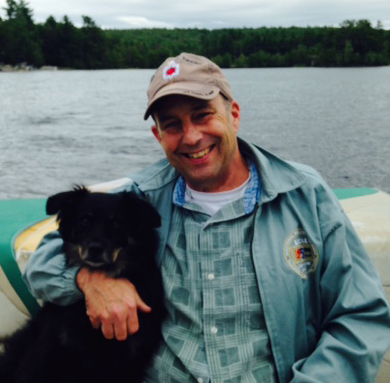
David has been the Council’s Clean Water Program Coordinator since 2016 as a consultant and joined the Adirondack Council staff in January of 2021 as a part-time employee. He has researched and written reports aimed toward clean water solutions for the Adirondacks. David works with other stakeholders on clean water infrastructure needs and septic system pollution issues in the Park. He also assists with the Council’s road salt pollution campaign and the need for expanded water quality monitoring programs in the Park.




